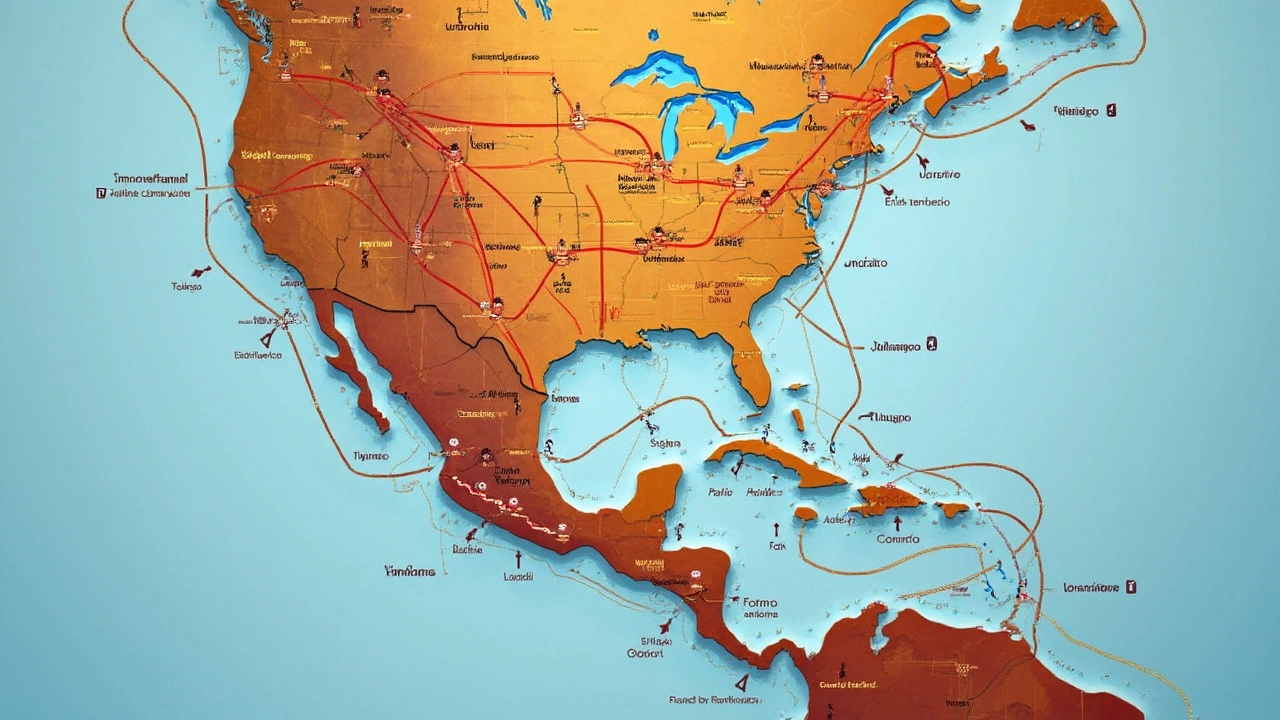Steel Suppliers Guide – What You Need to Know in 2025
If you’re looking for steel, the first question is always “who can I trust?” With dozens of mills, traders and importers, picking the right partner can feel overwhelming. The good news is that the process breaks down into a few simple steps: check reputation, verify capacity, compare price, and watch the market trends.
How to Spot a Reliable Steel Supplier
Start with reputation. Look for suppliers that have been around for at least five years and have clear references from other manufacturers. A quick Google search can reveal news articles, customer reviews, or even legal cases. If a supplier mentions certifications like ISO 9001 or compliance with local steel standards, that’s a solid sign they take quality seriously.
Next, test capacity. Ask for recent production data – how many tonnes can they churn out each month? A supplier that can handle a surge in orders will keep your project on schedule. Ask about their raw material sources too; steel made from recycled scrap often costs less but still meets strength requirements.
Price matters, but don’t chase the lowest quote. Cheap steel can hide hidden costs like higher shipping fees or lower grade material that fails later. Compare at least three quotes, and make sure each includes the same grade, thickness and finish. Use a simple spreadsheet to line up the numbers – you’ll see which offer is truly the best.
Big Players and Global Trends
When you think of steel, places like Pittsburgh or Birmingham might pop into your mind. Those U.S. cities built their reputation on iron and steel for over a century, and many modern suppliers still trace their roots there. In the global arena, ArcelorMittal remains the largest steel company, while Nucor leads the U.S. market. Knowing which big names dominate helps you gauge market stability – if a supplier is linked to one of these giants, they often have stronger supply chains.
India’s steel scene is booming. The country now ranks among the top five steel producers, driven by rapid infrastructure projects and a growing auto sector. Indian suppliers often offer competitive pricing because of lower labor costs and abundant raw materials. However, make sure they can meet international quality standards if you’re exporting finished products.
Watch the 2025 trends: green steel is moving from niche to mainstream. Many suppliers are investing in electric arc furnaces that cut carbon emissions. If sustainability matters to you or your customers, ask potential partners about their green initiatives. Some even publish emission data on their websites.
Finally, consider logistics. A supplier located near major ports or rail hubs can shave days off delivery time. In India, suppliers in Gujarat or Maharashtra benefit from well‑developed transport links, while U.S. firms near the Great Lakes have easy access to bulk shipping routes.
Putting it all together, the best steel supplier is the one that balances reputation, capacity, price and future‑proofing. Do your homework, ask the right questions, and keep an eye on the market’s direction. With these steps, you’ll lock in a partner that keeps your projects on track and your budget in check.

Where Does the US Buy Most of Its Steel?
The US relies heavily on steel imports to fulfill its industrial and construction needs. Major sources include Canada, Mexico, and Brazil, with Canada often topping the list due to its proximity and established trade agreements. Understanding where the US sources its steel can reveal insights into trade relationships and economic influences. The article explores key suppliers, trade dynamics, and the impacts on the domestic market.
